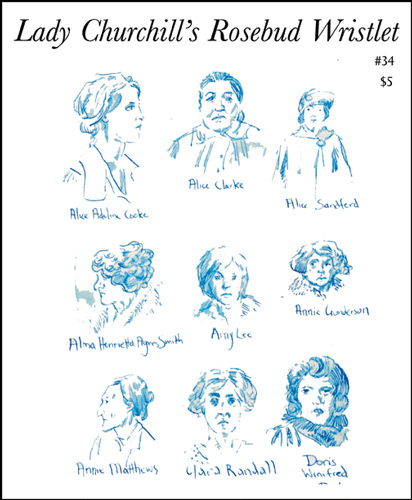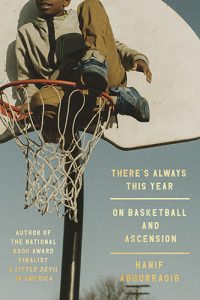Lady Churchill’s Rosebud Wristlet – July 2016
Nicole Kimberling has done the research and found that “some pumpkins would rather not be pie. Four out of ten gourds interviewed [ . . . ] stated they would much rather be processed into a savory dish.” Kimberling’s recipe for Pumpkin Mushroom Moussaka is just one of the ways Lady Churchill’s Rosebud Wristlet (LCRW) expands the definition of speculative literature. This issue combines dark themes with lighthearted wonder, and stunning world building with bizarre absurdism.
Nicole Kimberling has done the research and found that “some pumpkins would rather not be pie. Four out of ten gourds interviewed [ . . . ] stated they would much rather be processed into a savory dish.” Kimberling’s recipe for Pumpkin Mushroom Moussaka is just one of the ways Lady Churchill’s Rosebud Wristlet (LCRW) expands the definition of speculative literature. This issue combines dark themes with lighthearted wonder, and stunning world building with bizarre absurdism.
“The New Ancient of Sophocles High” by Marco Kaye has the right amount of world building, character, and humor. In this world, the Greek Gods not only exist but hold a stake in high school wrestling competitions. The Gods bestow masks to certain high schools, and each mask gives the wearer the memories and skills of an ancient Greek hero. The darkness of this gift couples nicely with the humor of the narrator, A.J., who begins the story: “Over the past week, I had been doing illegal and potentially harmful things to my body in the name of Greco-Roman wrestling.” But when A.J. dons the mask and becomes Ajax: “[a]ncient memories would bubble up elliptically [ . . . ] I would look at something [ . . . and it] would remind me of my suicide.” The believability of this story comes from the casual nature of the world building and how, while the story maintains a humorous bite, it is ultimately a story about A.J. grieving for his father.
John Richard Saylor introduces readers to New State in his short fiction “All Things Remembered.” New State is the land mass that rose out of the Earth between Pennsylvania and New Jersey five years before the story begins. Saylor’s descriptions of this otherworldly place drive the narrative and setting becomes character. As the narrator describes, “Going [to New State] is like visiting some beautiful exotic country where no one will talk to you, and so the beauty is imbued with a dark loneliness.” The story follows an aging father and his grown son on a road trip to New State, but the world building—more than the characters—is the fascination to read for.
Stephen Burt’s poem “Cosplayers In Line At The Starbucks” places the ‘real’ world parallel to the ‘fan’ world of cosplayers—where fans dress in costume to honor their favorite characters and fan communities. Burt focuses on the simple hilarity of being in two worlds at once. His poem is intensely visual and merges the real and the surreal. He describes people dressed as guards around Queen Mab as “(two skinny, two grande, one tall).” His word play is sharp witted and never degrading to the fans he characterizes.
“ACCEPT NO SUBSTITUTES” by David W. Pritchard is one of the most absurdist poems of LCRW. Pritchard’s poem stretches further into the bizarre with each stanza, while openly claiming to be nothing but truth. He begins with a list of artists who are no longer alive. These are well-known artists like Pablo Picasso but mainly little-known artists like Jasper Johns. Pritchard structures his poem as if every name listed is common knowledge and you laugh at your lack of understanding. Then you continue to laugh because after the honest simplicity that “Pablo Picasso is not alive” Pritchard informs us that “Jasper Johns is not, / nor has he ever been, / alive; three people in a suit / have perpetuated an elaborate hoax.” Despite the absurdity, most of Pritchard’s claims are truth: many (if not all) of the artists are not alive. But then Pritchard names how Richard Nixon became (and remains) a wrestler, “to inspire the painters / of the future!” And with one lie, there must, of course, be others, so how do we know if anything we’ve read or will read is true? Pritchard’s poem is a piece of oddities and untruths that lead us to question whether art and poetry are meant to be vehicles of truth at all.
LCRW provides no introductory or concluding statement. No letter from the editor. The journal does not attempt to define speculative literature, but lets each piece offer its own insight. This issue of LCRW is a journal of worlds like and unlike our own: visual and thrilling and surreal and grounded. It is a place where all forms of speculative literature can stand in the same line for coffee.
[www.smallbeerpress.com/lcrw]





